Introduction: Enhancing Your Home with a Window Bird Feeder
![]()
Birds are captivating creatures, enchanting us with their vibrant colors, melodious songs, and graceful flight. If you appreciate nature’s beauty and want to bring it closer to your home, a window bird feeder is a delightful addition. Not only does it benefit both you and the birds, but it also offers a unique opportunity to observe these winged wonders up close without disturbing their natural habitat.
Convenient Feeding and Up-Close Encounters
A window bird feeder serves as a convenient station where birds can find a ready supply of food. By placing one outside your window, you create an accessible buffet for our feathered friends. This ensures a reliable food source while allowing you to witness their visits and activities firsthand.
A Captivating Window into Nature
Bringing the beauty of nature right into your living space, a window bird feeder offers a front-row seat to observe a diverse array of bird species in their natural habitat. Whether you reside in a bustling city or a serene countryside, this captivating addition provides a window into the natural world.
Educational and Entertaining Experiences
Watching birds at a feeder is an educational and entertaining experience for all ages. Children can learn about different bird species, their behaviors, and unique characteristics. It’s an opportunity for parents and educators to teach youngsters about wildlife conservation and the role birds play in our ecosystem. For adults, birdwatching provides a peaceful and relaxing way to connect with nature and appreciate the intricate beauty of these delightful creatures.
Accessibility and Well-being Benefits
A window bird feeder is particularly beneficial for individuals with limited mobility or those unable to explore nature due to various constraints. It brings the joy of birdwatching right to their doorstep, fostering a sense of connection with the natural world. Additionally, by providing a reliable food source, bird feeders contribute to the well-being of birds, especially during harsh weather conditions or migration periods when food may be scarce.
In the following sections, we will delve into choosing the right feeder, preparing the window for installation, proper installation techniques, and optimal placement for attracting birds. We will also explore feeder maintenance and discuss the benefits of this delightful activity. Join us on this avian adventure and discover the joy of a window bird feeder.
Choosing the Right Feeder
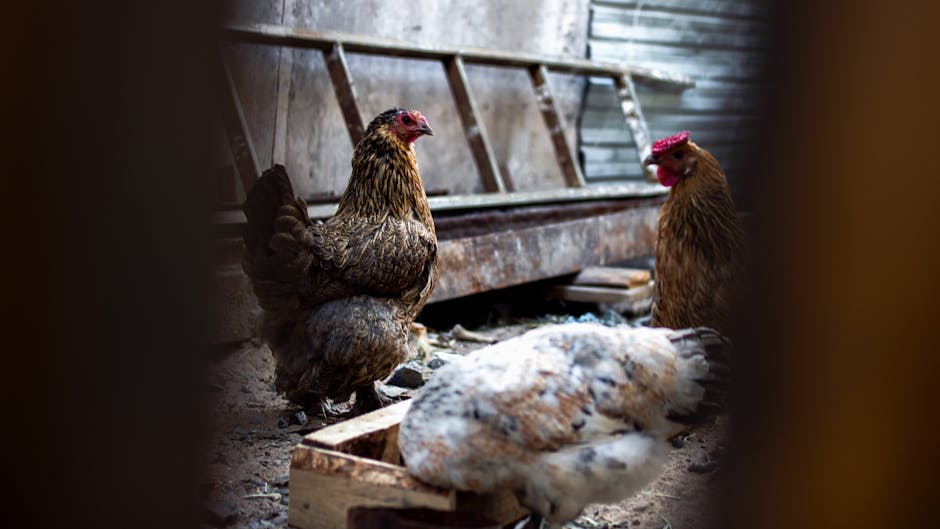
When selecting a bird feeder for your window, there are several factors to consider. The right feeder can attract a variety of bird species and enhance your bird-watching experience. Here are some guidelines to help you make an informed decision:
Feeder Type
Consider different feeder types:
-
Platform Feeders: Versatile feeders suitable for ground-feeding birds like sparrows and juncos. They accommodate various types of bird food.
-
Hopper Feeders: Hold a larger quantity of seed and attract a wide range of bird species, including finches, chickadees, and cardinals.
-
Tube Feeders: Ideal for small clinging birds like finches and nuthatches. They prevent squirrels from accessing the food.
-
Suet Feeders: Designed for woodpeckers, nuthatches, and other insect-eating birds. They hold suet cakes or balls securely.
Consider the types of birds you want to attract and their feeding preferences when selecting a feeder.
Feeder Size
Choose a feeder size based on your goals:
-
Larger feeders with multiple feeding ports accommodate a diverse range of bird species.
-
Smaller feeders are suitable for limited spaces or attracting specific bird species.
Feeder Material
Consider the advantages and considerations of different feeder materials:
-
Plastic Feeders: Lightweight, easy to clean, and weather-resistant. Practical for beginners and low-maintenance.
-
Metal Feeders: Durable and withstand harsh weather conditions. Require periodic maintenance for longevity.
-
Wooden Feeders: Natural look, customizable, but require regular sealing or painting for protection.
Consider your preferences, durability requirements, and aesthetic appeal when choosing the material.
Feeder Accessibility
Look for feeders with adjustable perches or feeding ports suitable for different bird sizes. Some feeders have built-in baffles or cages to deter unwanted visitors.
Feeder Placement
Consider the following factors when deciding where to hang your feeder:
-
Visibility: Choose a spot with a clear view from your window to enjoy watching the birds.
-
Safety: Place the feeder away from potential hazards like windows or reflective surfaces. Position it near trees or shrubs for natural perching spots and shelter.
-
Accessibility: Ensure the feeder is easily reachable for refilling and maintenance.
By considering the feeder type, size, material, accessibility, and placement, you can choose a bird feeder that attracts a variety of bird species and provides an enjoyable bird-watching experience. In the next section, we will explore how to prepare the window for installing the feeder properly.
Preparing the Window for Installation
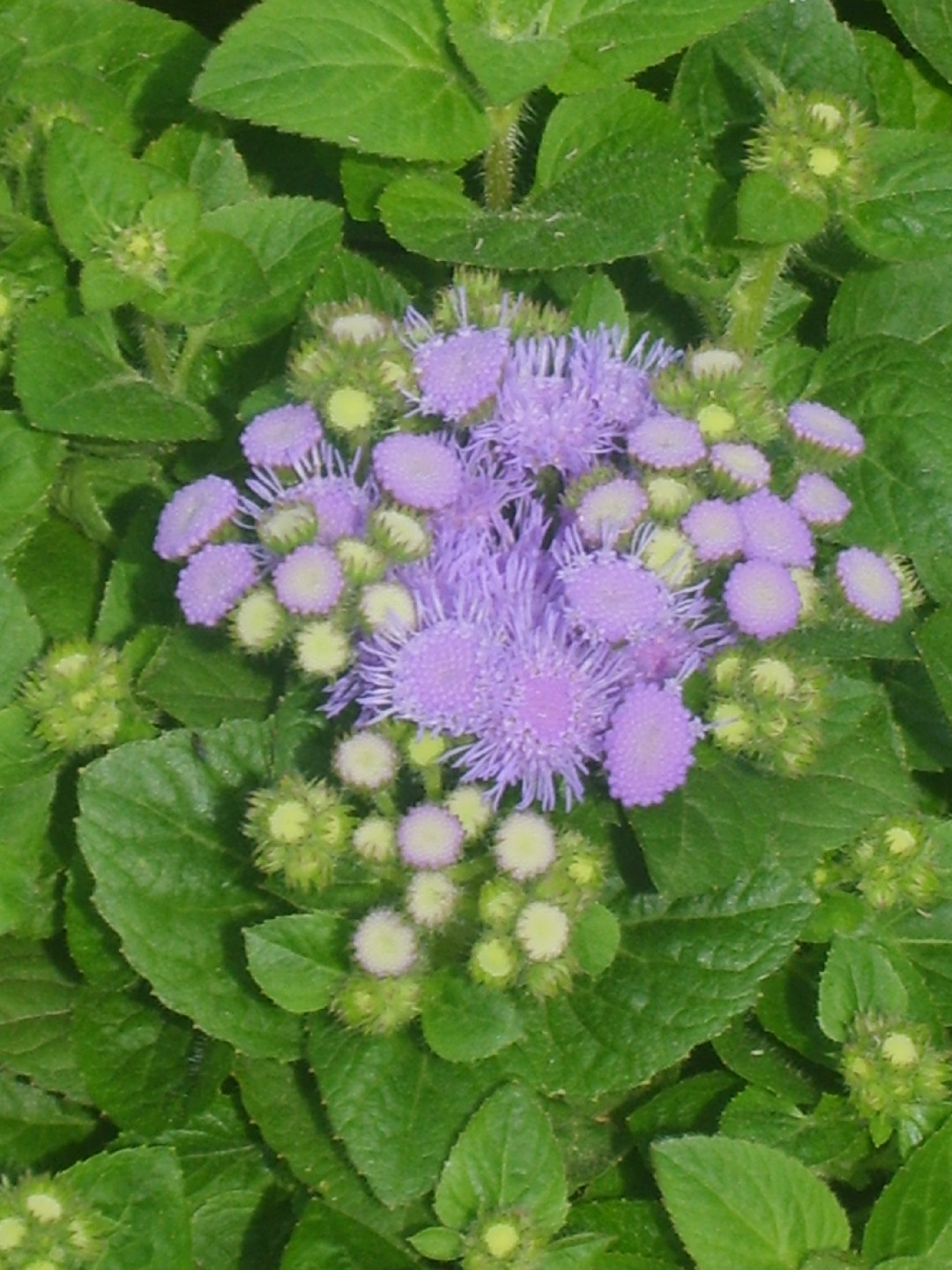
To install a bird feeder outside your window, proper preparation is key. Follow these steps:
Determine the Window Location
Choose a window that provides a clear view of the feeder and is easily accessible for maintenance. Consider windows near trees or shrubs to attract more birds.
Clean the Window
Thoroughly clean the window with a mild detergent or glass cleaner to remove dirt and smudges. Use a lint-free cloth or squeegee for a crystal-clear surface.
Assess the Window Frame
Check the window frame for damage or deterioration. Reinforce or seek professional assistance if needed.
Consider Window Treatments
Ensure the feeder won’t interfere with blinds or curtains. Adjust or remove them if necessary.
Measure the Window Sill
Measure the width and depth of the window sill to determine the appropriate feeder size and mounting hardware.
Select a Suitable Mounting Method
Choose a mounting method like suction cups, brackets, or specialized hangers based on your window type and the feeder’s weight.
By following these steps, you’ll create an ideal setup for attracting and observing birds. In the next section, we’ll discuss the proper installation of the bird feeder.
Installing the Feeder Properly
![]()
Proper installation is essential for stability and functionality. Consider the following:
Location
Choose a spot near trees or shrubs for bird security, accessible for refilling, and visible from your window.
Window Type
For double-hung windows, use suction cup attachments or brackets. Casement windows require a bracket mounted on the adjacent wall.
Mounting Options
Use suction cups for smooth windows, brackets for both window types, or hooks/hangers for ledges or overhangs.
Safety Considerations
Install the feeder at a safe distance from the window to prevent collisions. Place reflective treatments on the outside surface of the glass.
By following these guidelines, you’ll create a secure and bird-friendly setup for your feeder. In the next section, we’ll explore best practices for attracting a variety of bird species.
Placement of the Feeder

Hanging a bird feeder outside your window requires careful consideration to ensure optimal viewing and bird safety. Follow these guidelines for ideal feeder placement:
1. Proximity to the Window
Choose a location that offers a clear view from inside your house. This allows for enjoyable bird-watching without disturbing the birds. Position the feeder close enough to observe them up close, but leave enough space to prevent collisions.
2. Safety Precautions
Ensure the feeder is securely and stably positioned. Use sturdy hooks or hangers that can withstand outdoor conditions. Avoid hanging the feeder too close to the window to prevent bird collisions. Provide unobstructed access for the birds to approach and exit the feeder.
3. Height and Accessibility
Hang the feeder at a convenient height for refilling and cleaning, while deterring ground-based animals. A recommended height is around 5 to 6 feet from the ground, reducing the risk of predators reaching the feeder.
4. Distance from Obstacles
![]()
Position the feeder at least 10 feet away from trees, shrubs, or structures that may serve as hiding spots for predators. This distance allows birds to spot potential threats and escape if needed.
5. Sun and Shade
Choose a location that offers a mix of sun and shade. Birds prefer some protection from direct sunlight during the hottest parts of the day, preventing birdseed from spoiling too quickly. A balanced sun and shade environment attracts a diverse range of bird species.
6. Reflections and Window Collisions
Minimize the risk of bird-window collisions by reducing reflections. Apply decals, window films, or curtains on the inside of the window to make it more visible to birds. This simple measure protects the well-being of the birds.
By following these placement guidelines, you can create an inviting and safe environment for birds to visit your feeder while enjoying an optimal viewing experience.
Attracting Birds to the Feeder
![]()
To make your bird feeder a popular spot for feathered visitors, use these tips to attract a diverse range of birds:
1. Choose the Right Location
Select a visible and easily accessible location for your bird feeder. Place it near trees, shrubs, or natural elements that birds are attracted to, providing perching spots and shelter.
2. Provide a Variety of Food
Offer a diverse array of foods to attract different bird species. Seeds, nuts, suet, fruits, and nectar are popular choices. Research the preferred food choices of bird species in your area to entice a broader range of visitors.
3. Use High-Quality Birdseed
Opt for fresh, contaminant-free, and species-specific birdseed. Avoid cheap blends with filler seeds. Providing nutritious and tasty birdseed increases the chances of attracting a variety of bird species.
4. Consider Supplemental Feeders
Use specialized feeders, such as suet cages, fruit feeders, or hummingbird feeders, to attract specific bird species. These supplemental feeders cater to unique preferences, expanding the diversity of birds at your window.
5. Provide Fresh and Clean Water
Place a bird bath or shallow dish of water near the feeder for drinking and bathing. Regularly clean and refill the water source to prevent the spread of diseases. Fresh water adds allure to your feeder.
6. Create a Safe Environment
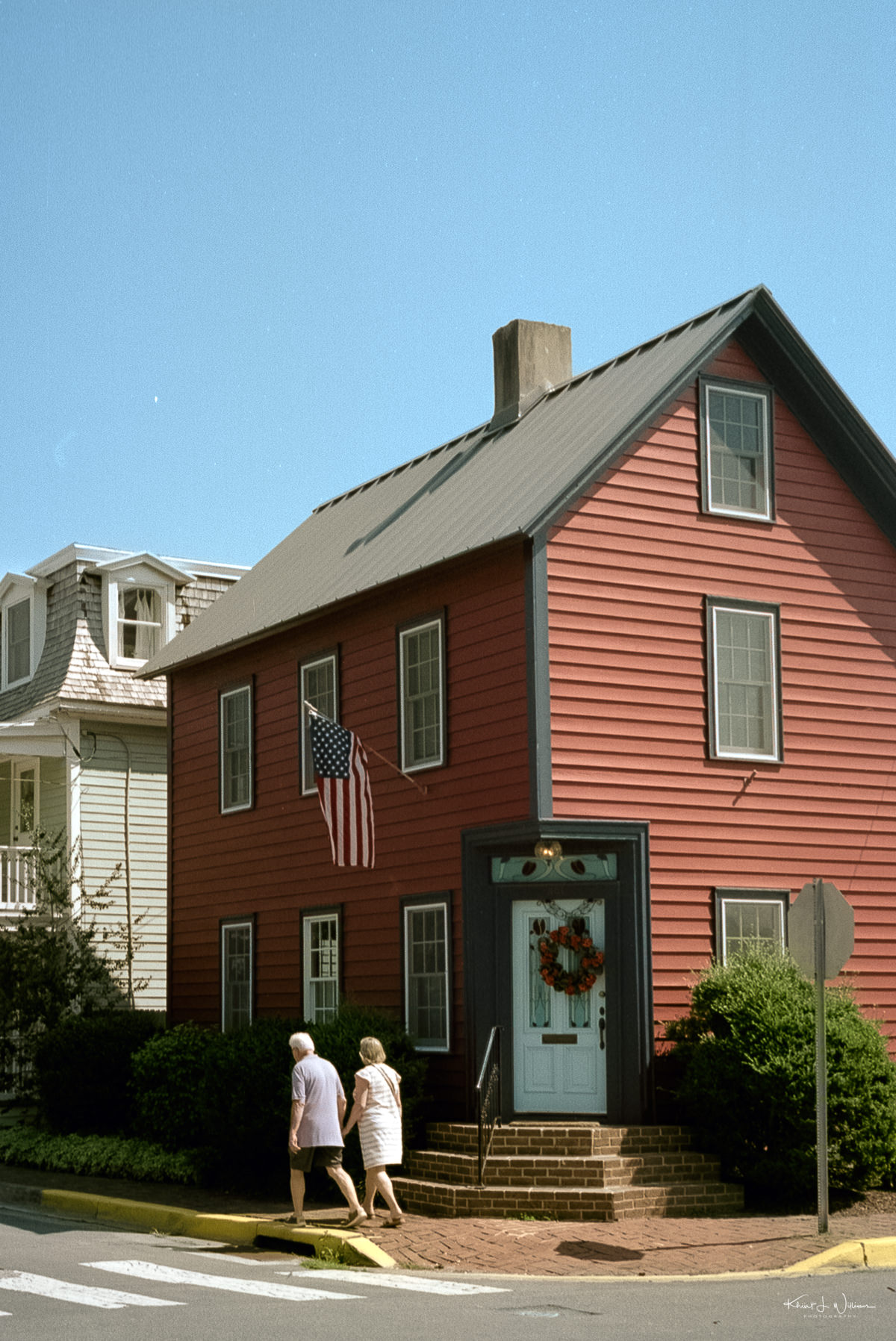
Position the feeder away from areas easily accessed by predators, ensuring birds feel safe while feeding. This encourages regular visits to your feeder.
Implement these strategies to increase the appeal of your bird feeder and attract a wider variety of birds to enjoy the view from your window.
Continue reading the next section: Maintaining the Feeder
Maintaining the Feeder

Proper maintenance is crucial for the health and well-being of the birds that visit your feeder. Follow these steps to effectively maintain it:
Regular Cleaning (7.1)
Clean your feeder every two weeks or at least once a month to remove debris and prevent harmful microorganisms. Gather these tools:
- Gloves
- Soft brush or sponge
- Mild soap or bird feeder cleaner
- Hose or bucket of water
Disassembly (7.2)
Carefully disassemble the feeder according to the manufacturer’s instructions. Take note of how the components fit together for easy reassembly.
Cleaning Process (7.3)
Remove remaining birdseed or food. Scrub away dirt, debris, and mold with a brush or sponge. Soak the feeder in soapy water for stubborn dirt. Rinse thoroughly, paying attention to crevices.
Drying (7.4)
Allow the feeder to air dry completely to prevent mold and bacteria growth before refilling it with fresh birdseed.
Inspection (7.5)
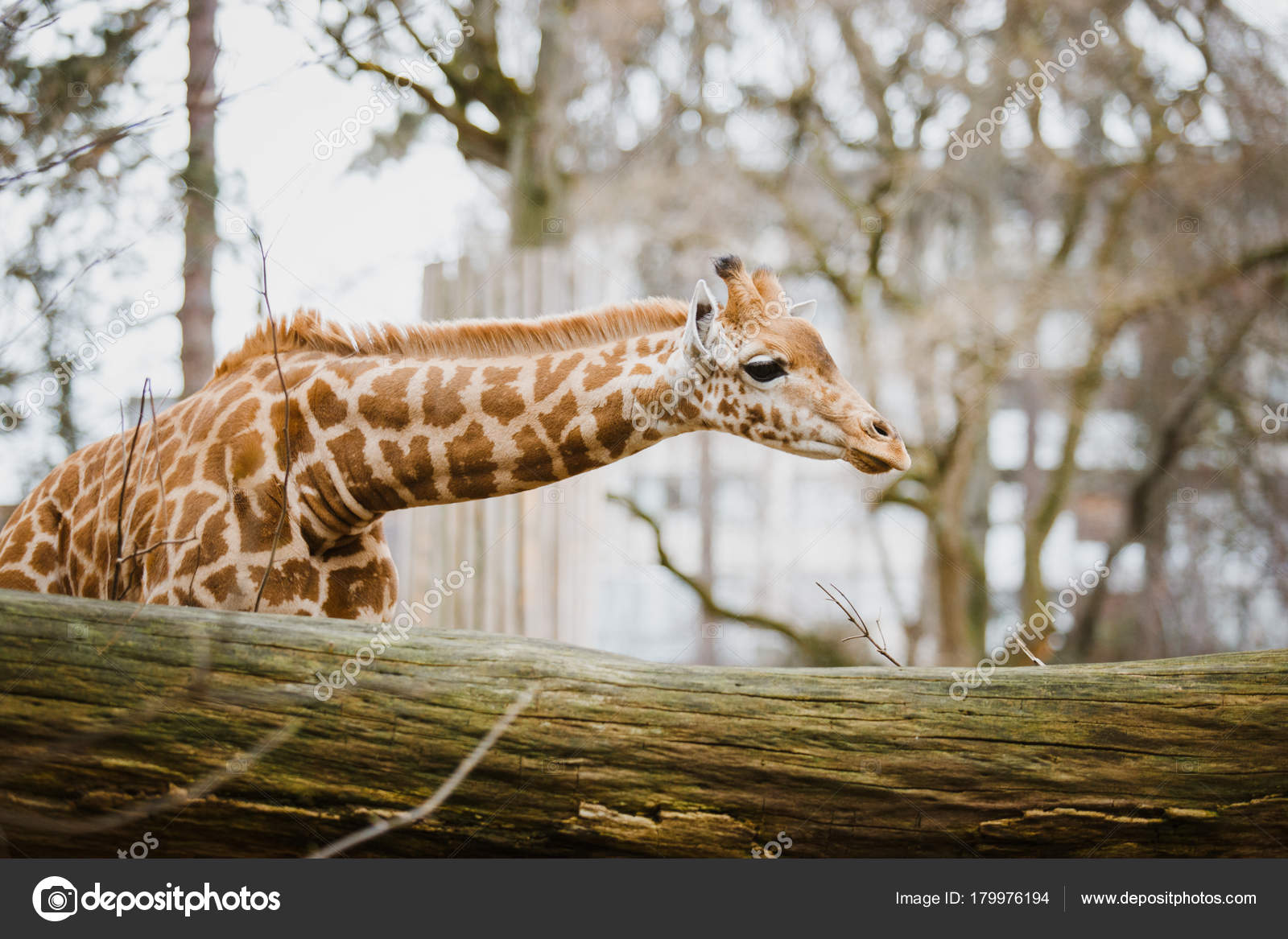
Inspect the feeder for damage while cleaning. Repair or replace any cracked or loose parts to maintain a safe feeding environment.
Regular maintenance ensures the longevity of your bird feeder and provides a welcoming habitat for a variety of bird species.
Conclusion: Enjoying the Benefits of Bird Feeders
![]()
Bird feeders outside windows offer numerous benefits, enhancing our connection with nature. Hanging a feeder provides:
Support for Birds and Biodiversity
Bird feeders sustain bird populations and contribute to biodiversity by offering a reliable food supply.
Beauty, Joy, and Connection with Nature
Attracting various bird species creates a captivating display of nature’s palette. Observing their movements and behaviors fosters an appreciation for wildlife.
Educational Experiences
Bird feeders serve as educational tools for learning about different species, habitat preferences, and behaviors.
Serenity and Relaxation

Observing birds at the feeder creates a serene atmosphere, promoting relaxation and a sense of calm.
Attracting a Diverse Range of Birds
Feeders have the potential to welcome both common and rare bird species, offering the beauty of unfamiliar avian visitors.
Responsible Feeding Practices
Regular cleaning and providing appropriate food ensure the birds’ well-being and support responsible bird feeding.
In conclusion, hanging a bird feeder outside your window brings nature closer to your home, immerses you in birdlife, and contributes to the well-being of our feathered friends. Install a bird feeder today and embark on a remarkable journey of discovery, serenity, and appreciation for the avian world. Happy bird watching!
Frequently Asked Questions
Frequently Asked Questions
1. How do I hang a bird feeder outside a window?
To hang a bird feeder outside a window, follow these steps:
- Clean the window and assess the window frame for any damage.
- Measure the window sill to determine the appropriate feeder size and mounting hardware.
- Select a suitable mounting method, such as suction cups, brackets, or hangers, based on your window type and the feeder’s weight.
- Choose a spot near trees or shrubs for bird security, accessibility, and visibility from your window.
- Install the feeder at a safe distance from the window to prevent collisions, and consider using reflective treatments on the glass to minimize the risk further.
2. What kind of bird feeder should I choose for my window?
When selecting a bird feeder for your window, consider the following factors:
- Feeder type: Platform feeders, hopper feeders, tube feeders, and suet feeders each attract different bird species.
- Feeder size: Choose a feeder size based on your goals, whether you want to accommodate a diverse range of birds or target specific species.
- Feeder material: Plastic feeders are lightweight and low-maintenance, metal feeders are durable, and wooden feeders have a natural look but require regular maintenance.
- Feeder accessibility: Look for feeders with adjustable perches or feeding ports suitable for different bird sizes.
- Feeder placement: Consider visibility, safety, and accessibility when deciding where to hang your feeder.
3. How do I maintain a bird feeder outside my window?

To maintain a bird feeder outside your window, follow these steps:
- Regularly clean the feeder every two weeks or at least once a month using a mild soap or bird feeder cleaner.
- Disassemble the feeder according to the manufacturer’s instructions and clean all components thoroughly.
- Allow the feeder to air dry completely before refilling it with fresh birdseed.
- Inspect the feeder for any damage while cleaning

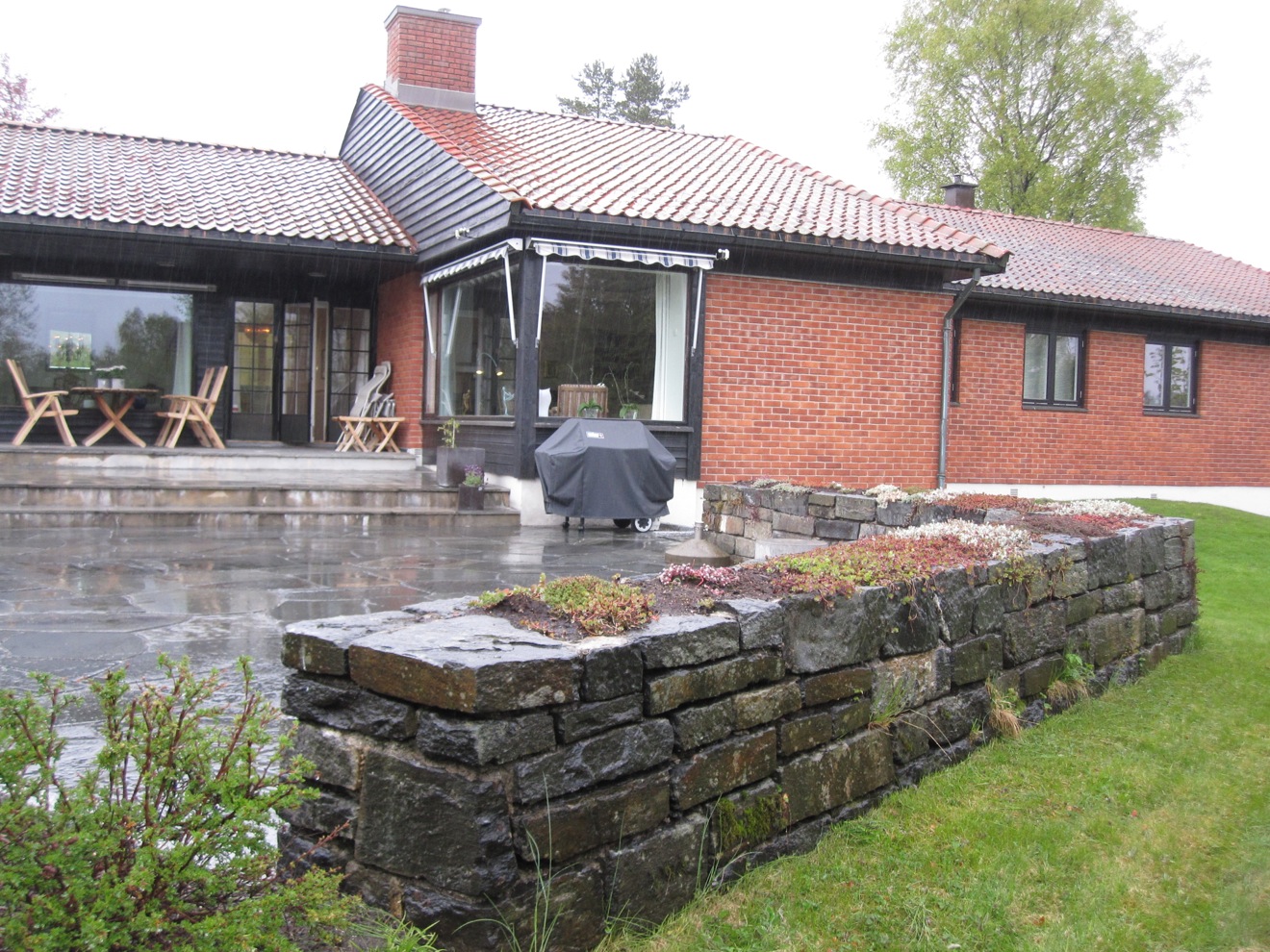
Leave a Reply